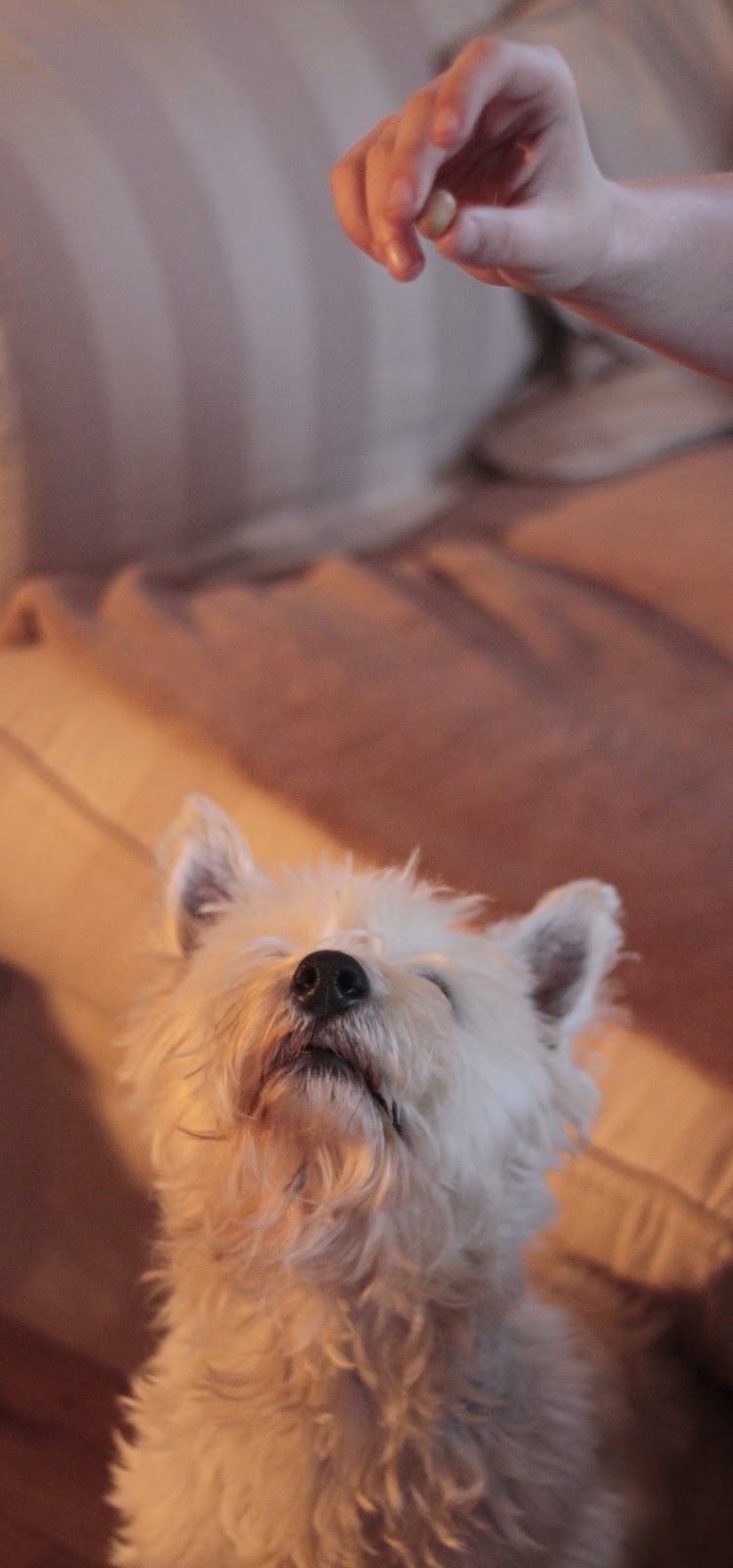

Proceed to practice the sit/stay or down-settle in a variety of places around the home including the front doorway. These training commands should also become part of routine training sessions using food lures, head halter or clicker training. In addition, sit/stay or down and settle training should be practiced in a variety of locations throughout the home, whenever the dog wants something of value e.g., food, toy, affection, treat, or walk. Therefore, whenever your dog seems to want affection or anything of value, first teach it to sit and stay or lie down and settle, (which would both be proper greeting behaviors). Training should likely begin at any time the dog is seeking attention, since any time attention soliciting behavior is reinforced, more intensive forms of this behavior are likely to be learned.
DOG JUMPING LINE FOR TREATS HOW TO
The focus should not be on how to stop jumping up but rather to teach your dog how to greet properly for rewards. In addition, strong punitive responses when people enter the home can create anxiety and could make the dog aggressive as he anticipates that people entering the home create an aversive situation for him.

"The focus should be to teach your dog how to The visitor’s reaction to the dog (whether it be fear or retaliation) would then serve to make the dog anxious about further visitors coming to the home. Dogs that jump up can also cause injury or scare the visitor. Some people, however, find this objectionable. Many dogs like to greet “face to face,” like they do with their canine counterparts. Usually the motivation for the jumping up behavior is to greet people. Therefore, if you enjoy this type of greeting first teach your dog to settle and relax for greetings and then teach your dog a command “give me a hug” or “come up here.” This way, you have the behavior under verbal control and you decide when the dog will be allowed to jump up. You must never allow the dog to choose the time or the dog will continue to do this behavior whenever it is in the mood, and could learn to greet all people in the same uncontrolled manner. Some people like to allow the dog to jump up on them from time to time. If that is the case with your dog, then it is important to think about what might be motivating the dog to jump up and what is the reinforcement for the behavior continuing, and to avoid exposure until you can gain sufficient control with verbal commands, head halter training, or both. Therefore, in both cases, the problem is gradually being further aggravated. For others, the technique leads to increasing anxiety as people arrive at the door, and conflict behaviors such as circling or urine leaking can develop because the pet is motivated to greet as well as avoid. For some dogs, these techniques provide an uncomfortable but acceptable form of attention. Often, owners have tried to discourage this behavior using methods such as squeezing the front feet, stepping on the dog’s toes, or kneeing the dog in the chest. How can I prevent my dog from jumping up on others and me?įor many dogs, jumping up on people is part of their greeting routine.


 0 kommentar(er)
0 kommentar(er)
